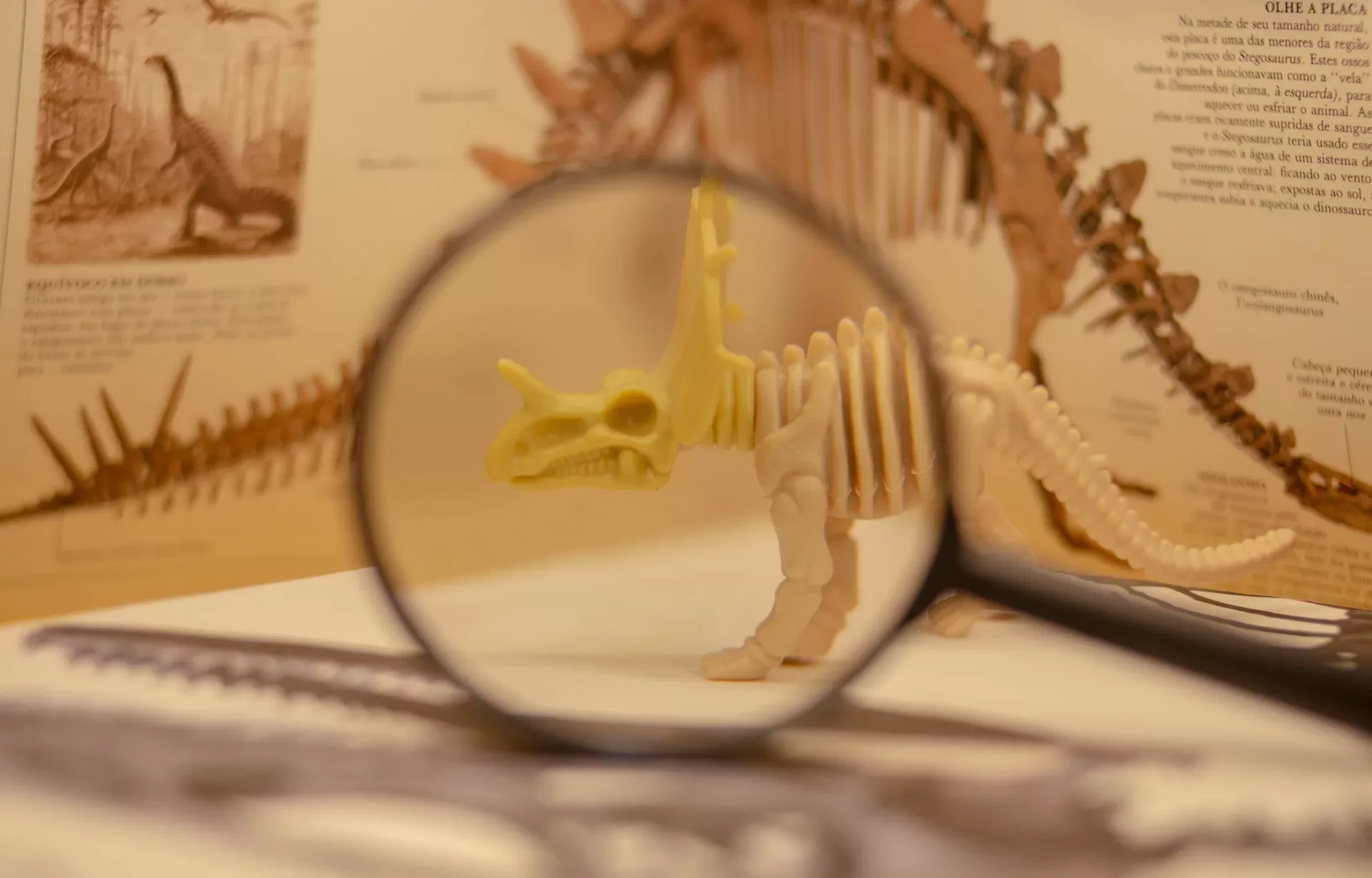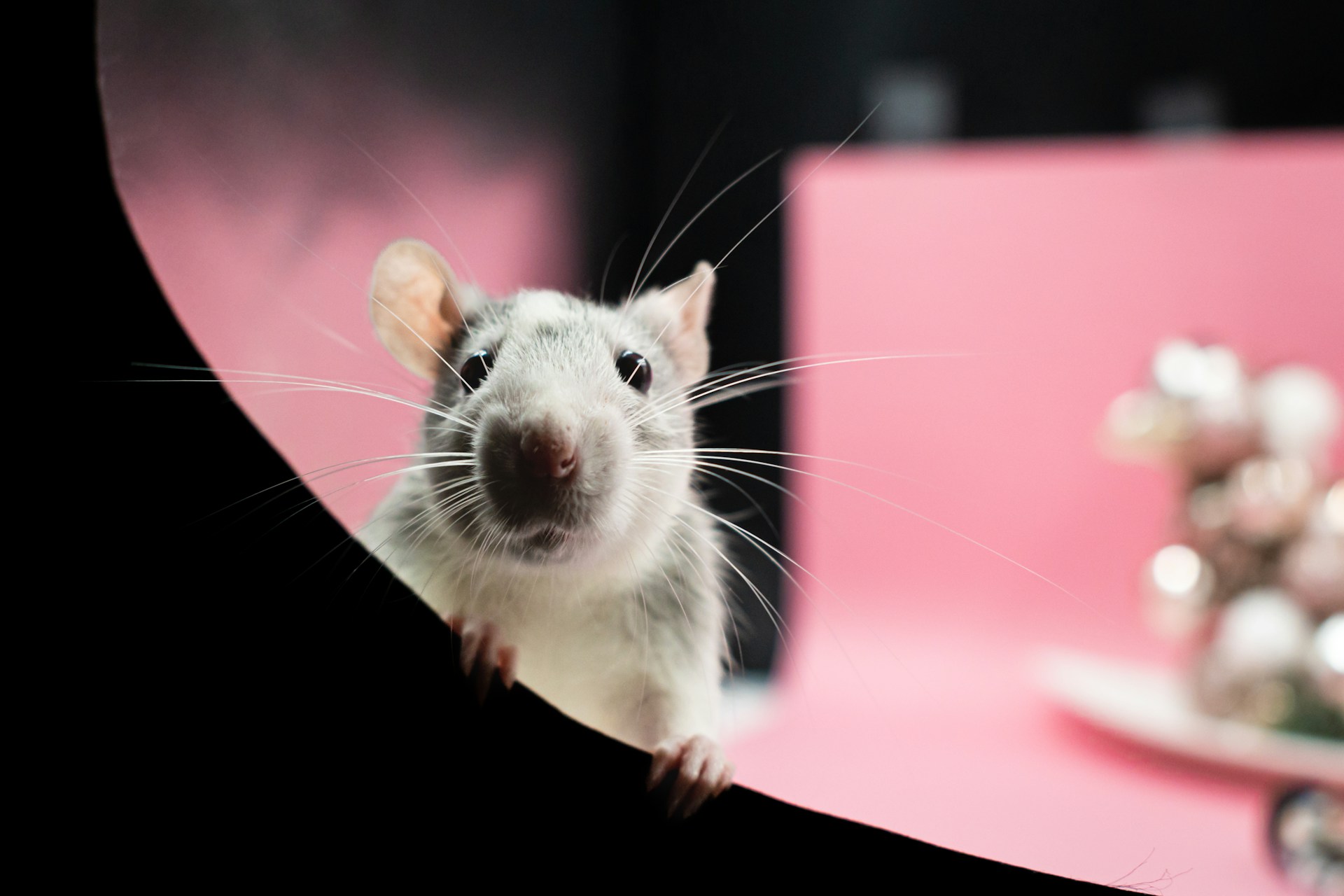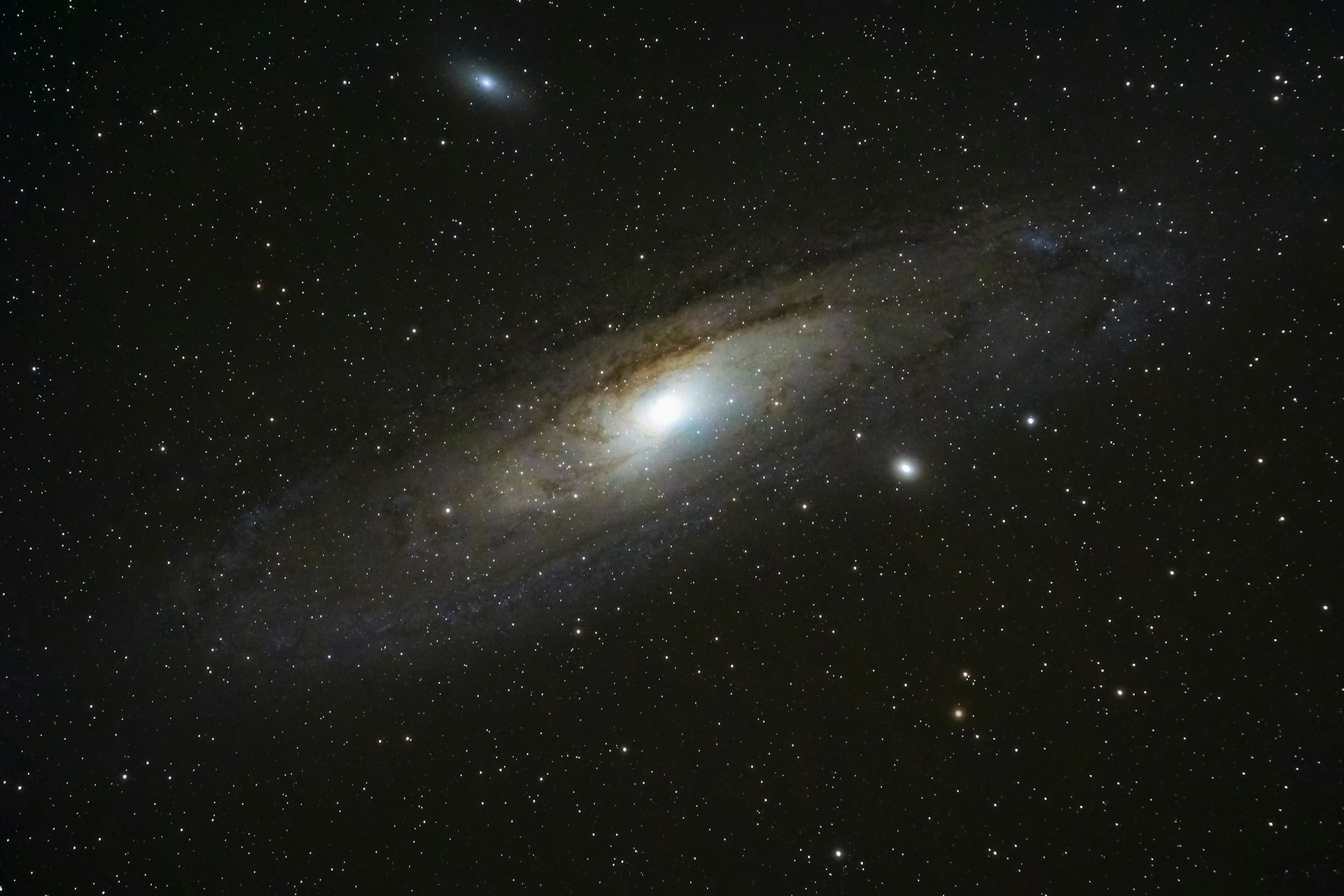Real-life paleontological excavations differ from those on the big screen. Image credit: Lucas George Wendt , via Unsplash.
The year is 1993. You’ve just watched the terrifying opening scene of Jurassic Park, and now you’re transported to the desert of the American West to join palaeontologists Alan Grant and Ellie Sattler on a dinosaur dig.
In this classic scene, we see these palaeontologists carefully brushing sand away from the beautiful skeleton of a predatory dinosaur known as Velociraptor. Whilst the scene is full of iconic imagery, it does get a few things wrong about what it is truly like to dig up dinosaurs. To celebrate the 30th anniversary of Jurassic Park, I’ll be telling you what really happens on a dinosaur dig, and where director Steven Spielberg took more than a little artistic liberty.
Imagine that you, too, are a palaeontologist on an expedition in the field. You spot a tell-tale sign of fossil bone, perhaps a fragment lying on the ground at the bottom of a hill, or strange contours in the surface of a rock that suggest something might be hiding beneath the surface. You have a closer look, and bingo! You’ve discovered a dinosaur skeleton. What should you do next?

The first thing you might do is assess what material is already exposed, quickly discovering the first thing Jurassic Park gets wrong. As you look around it would likely emerge that the skeleton is at least partially disarticulated, meaning that the various bones have been jumbled up and are not nicely assembled into a skeleton. It is highly unlikely that more than a small amount of the dinosaur’s skeleton would even be preserved. When animals die, their soft tissue rots away, leaving behind a hard skeleton. However, this leaves nothing behind to hold it together. Scavenging animals, wind, and water move the bones around before they are covered with sediment and fossilised. The skeletons we find are almost never as neatly preserved as the Velociraptor in Jurassic Park.
To celebrate the 30th anniversary of Jurassic Park, I’ll be telling you what really happens on a dinosaur dig, and where director Steven Spielberg took more than a little artistic liberty.
Nonetheless, you’ve found some disarticulated bones that need to be taken out of the rock. Jurassic Park, again, makes it look far easier than it actually is. Fossils are preserved in rock, not sand, and even the softest sandstones can rarely be brushed away with a paintbrush. You and your colleagues settle down for a gruelling affair of hacking away the rock around the fossil. Your choice of tools will likely involve rock hammers, chisels, and even electric rock saws. You will chip away the rocks around a bone piece by piece over the course of days or weeks, putting up with foot cramp and blisters. It is not easy to tell what is rock and what is fossil bone. One of the quickest ways to tell is by licking a fragment—fossilised bone sticks to your tongue, but most rocks don’t.
While you are working away, you hear a cry from your colleague: ‘Dang! I broke another piece of bone!!’ These words will echo around your excavation a dozen times every single day. That’s a side of the dig you certainly never saw in Jurassic Park. Given the difficulties of getting fossil bones out of the rock, it is inevitable that there will be a few mistakes along the way. I’ve certainly lost count of the number of times I’ve aimed to strike rock, and instead hit a piece of priceless, irreplaceable bone. Oops!

At last though, you have cleared away much of the material from a particular bone, and want to remove it from the rock altogether. Although this is glossed over in the film, it is incredibly complex—the larger the bone or area of skeleton you want to excavate, the more complicated it gets. Firstly, you need to create a trench around the bone that partially undercuts it, so the bone is attached to the rock by the smallest amount possible. This in itself is a challenge as more bone is often found underneath the main bone in the area you want to dig the trench. This leads to expanding the trenches being dug, or even sacrificing less important bones to dig trenches around more important ones.
You’d be surprised, but towards the end of a dig palaeontologists can be dismayed to find more bones—it ruins a trench that you’ve been hard at work on, and makes your job far harder. ‘Dang, I found more bone’, is the cry of despair that echoes around camp in the later stages of a dig.
Once your trenches have been dug, you then need to create what is called a jacket. This is the fun bit, but is far less glamorous than in the movies! You cover the fossil in a bin bag to protect it and then mix up a bucket of plaster of Paris. You then dunk bandages in the plaster and coat the bin bagged bone in them, slopping lots of plaster on it. Once it is covered, you leave it to dry for a few hours, then repeat until several layers of plaster are forming a cast around the bone. Finally, you dig crowbars and chisels into the remaining rock underneath the bone, and with one almighty heave, flip the jacket and rip the bone away from its rocky prison.

At long last, the single bone is free to be loaded onto your truck. From here, it will be driven back to the museum and fossil preparators will begin removing the jacket and the remaining rock. This process can take years, and so it could be another decade before you can finally study the bone. But, after 100 million years in the ground, what’s another ten?
Jurassic Park is a fantastic movie. It brings dinosaurs to life in a way they hadn’t been before, and shows people how exciting palaeontology can be. But behind these dinosaurs are thousands of hours spent by palaeontologists painstakingly digging in the dirt to reveal the fossils behind the movie, and shed light on a world that has been lost for over 65 million years.





